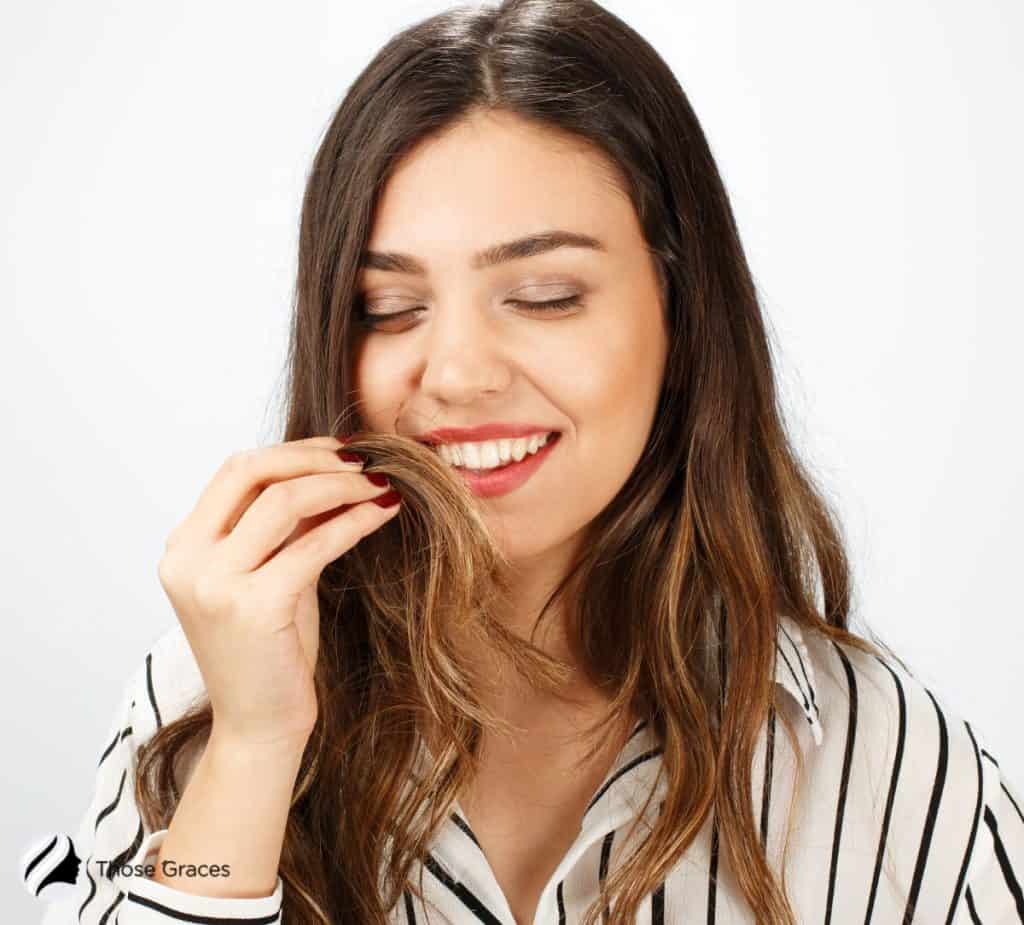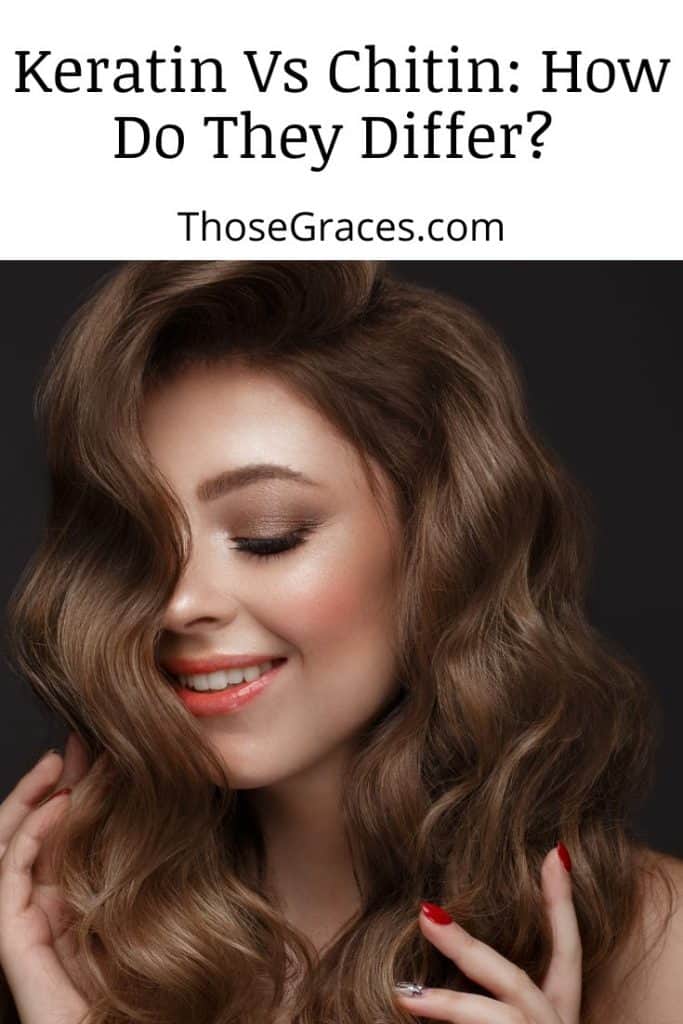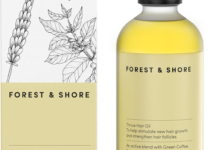Hey there, fellow beauty enthusiasts! Let’s dive into the fascinating world of keratin and chitin, as we unravel their unique differences with a handy table comparison.
As your trusty skincare connoisseur, I’ve tested these magnificent compounds and can’t wait to share my insights with you.
So, buckle up and join me on this fun, informative journey as we explore the wonders of these natural substances and their incredible benefits for our skin, hair, and nails!
Table of Contents
What is the Difference Between Chitin and Keratin?
Both Keratin and chitin are quite different both in structure and uses. Here are some of the most distinct differences between the two:
| KERATIN | CHITIN |
| Keratin is an insoluble protein that forms fibrous structures like hair, nails, feathers, hooves, horns, claws, scales, beaks, bristles, wings, quills, and so on. | Chitin is a polysaccharide composed of N-acetylglucosamine units. |
| Keratin has a three-dimensional structure. | Chitin is a linear polymer, |
| Proteins are hydrophilic. | Chitin is hydrophobic |
| Keratins are present in animals, but they’re not very abundant in plants. They can be found in insects, reptiles, birds, fish, amphibians, and mammals. | It’s found in the exoskeletons of arthropods, such as crabs, lobsters, shrimps, etc., and also in fungi (mushrooms). |
What is Keratin?
Keratin is a protein that forms the main component of hair, nails, and skin. It’s also found in feathers, horns, hooves, claws, beaks, and scales.

Keratins are made up of long chains of amino acids (protein building blocks) linked together by peptide bonds [1].
The number of amino acid units varies depending on the type of keratin. For example, human hair has about 100-150 amino acids per chain, while chicken feather keratin has around 300-400 amino acids per chain.
Most animals have two types of keratin: hard and soft. Hard keratin makes things like horns, bones, shells, and scales. Soft keratin is used to build things like hair, nail, and skin. Usually, the keratin proteins are produced by specialized cells called epithelial cells.
Keratin is made by keratinocytes in the outer layer of skin cells [2]. The protein is then secreted into hair shafts. Hair grows when it has enough energy to do so. When you have too much energy, your hair falls out.
By visiting my comprehensive guide, you can discover the remarkable keratin benefits for hair, such as improved strength, smoothness, and reduced frizz. Additionally, gain insight into why keratin is so expensive by exploring the contributing factors in my in-depth analysis.
What Does Keratin Do?
The primary function of keratin is to provide structural support for cells [3]. In humans, keratin helps form our hair, fingernails, teeth, bones, and skin. It’s made up of keratin proteins that form strong bonds with other proteins in hair.
The protein is then cross-linked by an enzyme called transglutaminase. This process creates a protective layer on the surface of the hair shaft.
- This makes hair very durable.
- It provides strength and flexibility to your nails.
- It gives you a tough outer layer to protect your skin from injury.
- It keeps your teeth strong and healthy.
- It protects your bones from breaking.
- It allows your body to heal quickly after an injury.
- It creates a protective barrier against bacteria and viruses.
What is Chitin?
Chitin is a polymer of N-acetylglucosamine. It’s the main component of exoskeletons and cell walls in fungi, arthropods (crabs, lobsters, shrimp), mollusks (snails, clams), and some other invertebrates. [4] T
Chitin is often referred to as the second strongest natural fiber after cellulose. It can be processed into many different products, including paper, textiles, plastics, cosmetics, food additives, biodegradable films, adhesives, coatings, insulation, paints, foams, gels, resins, fertilizers, insecticides, fungicides, herbicides, pesticides, detergents, lubricants, and polishes.
Chitin is one of the most abundant polymers in nature. It is present in all living organisms except plants.
What Does Chitin Do?
Chitin also has many beneficial effects on the human body.
Taking chitin orally while on a calorie-restricted diet can increase weight reduction in overweight or obese adults, but only marginally.
Chitin also helps to maintain normal blood pressure levels by acting as a vasoconstrictor (tightening blood vessels).
Chitin has been shown to have antioxidant properties that help reduce damage from free radicals that can cause cancer or heart disease.
It’s been found to help reduce inflammation and protect against oxidative stress. [5]
Additionally, chitin has been shown to improve cardiovascular function and reduce blood pressure levels in people with hypertension or atherosclerosis.
For a deeper understanding of hair care treatments, make sure to visit my insightful comparison article ‘Collagen Hair Treatment vs Keratin‘!”
Conclusion
In conclusion, both keratin and chitin have their own unique benefits, and choosing between them largely depends on your specific needs.
Keratin, the darling of the hair care industry, offers strength, shine, and smoothness to your tresses, while chitin, the unsung hero, is a powerhouse of skin and nail rejuvenation.
I’ve explored their similarities and differences, and now it’s time for you to decide which one will be your go-to beauty savior.
Whether you’re after silky locks or a radiant complexion, these natural compounds are here to help.
Remember, the key to unlocking the full potential of these substances is finding the right product and formulation for you.
So, don’t hesitate to explore the wide range of keratin and chitin-infused products available in the market.
So, what do you think, beautiful souls? Are you team keratin or team chitin? Or perhaps, you’ll be embracing both of these wonder ingredients in your beauty routine? The choice is yours!

Resources
- 1. McKittrick J, Chen PY ., Bodde SG, Yang W, Novitskaya EE, Meyers MA. The Structure, Functions, and Mechanical Properties of Keratin. JOM. 2012;64(4):449-468. doi:10.1007/s11837-012-0302-8
- 2. Layers of the Skin | SEER Training. Cancer.gov. Published 2022. https://training.seer.cancer.gov/melanoma/anatomy/layers.html#:~:text=Keratinocytes%20produce%20keratin%2C%20a%20tough
- 3. Study.com. Published 2022. Accessed August 23, 2022. https://study.com/learn/lesson/keratin-overview-structure-function.html#:~:text=What%20are%20the%20functions%20of
- 4. Elieh-Ali-Komi D, Hamblin MR. Chitin and Chitosan: Production and Application of Versatile Biomedical Nanomaterials. International journal of advanced research. 2016;4(3):411-427. https://www.ncbi.nlm.nih.gov/pmc/articles/PMC5094803/
- 5. Elieh Ali Komi D, Sharma L, Dela Cruz CS. Chitin and Its Effects on Inflammatory and Immune Responses. Clinical Reviews in Allergy & Immunology. 2017;54(2):213-223. doi:10.1007/s12016-017-8600-0
![lady in a salon having her hair treated with keratin [Keratin Vs Chitin]](https://thosegraces.com/wp-content/uploads/2023/05/Keratin-Vs-Chitin.jpg)


